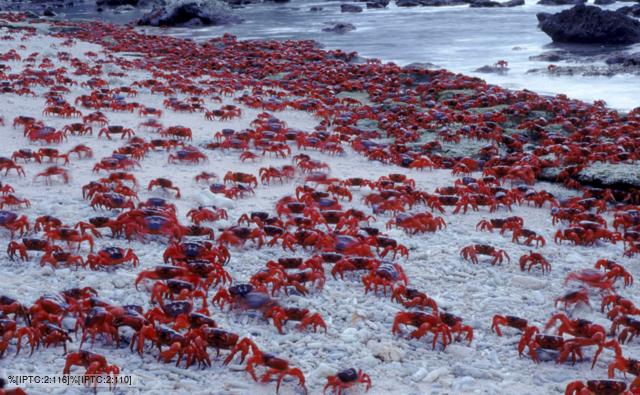 |
| The arthropod phylum is the most diverse on the planet |
As they are such a major component of virtually all ecosystems on the planet, understanding their evolutionary origins is hugely important. Over the past few decades palaeontologists have chipped way at this, illuminating just how the various structures of their body evolved. A recent discovery showed where their two branched, biramous limbs came from.
Now a study published just three days ago gives us insight into how the arthropod head evolved. The study focused on two fossils: a soft bodied trilobite and an anomalocaridid. The latter was particularly revealing due to the taxonomic placement of the anomalocaridids as part of a wider group of invertebrates, the lobopodians. While it is still contested as to whether the lobopodians are a separate, ancestral phylum or simply a sub group of arthropods, they reveal the origins and early evolution of the arthropods due to their close evolutionary relationship.
The anomalocaridid was a remarkably well preserved specimen of Odaraia alata from the Burgess Shale. The high degree of preservation meant that even soft structures such as eyes, the brain and nervous network were preserved, giving unprecedented views of the fossil's anatomy. The study found that in Odaraia and the soft bodied trilobite, Helmetia expansa, the eyes were connected to the anterior sclerite by nerves which originated in the front of the brain. A similar nerve arrangement is found in modern arthropods, but they do not possess the anterior sclerite.
 |
| The 505 million year old fossil of Odaraia alata from the Burgess Shale in Canada. The eyes clearly show up as two pale globes |
The origins of major groups of organisms are hotly contested. Yet we are fortunate to have several fossil sites, including the Burgess Shale and Marble Canyon in Canada, Maotianshan in China and Kangaroo Island in Australia, which yield fossils of such excellent preservation. It is exciting that at this most critical stage in the evolution of the biosphere we have evidence to record what evolved, and how.